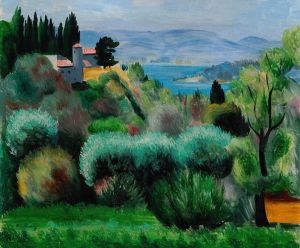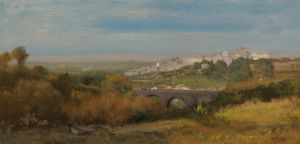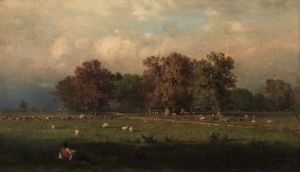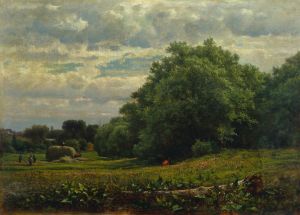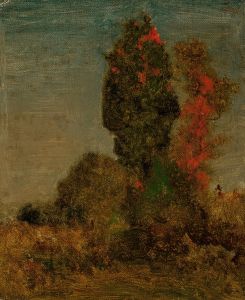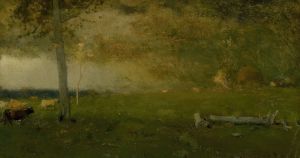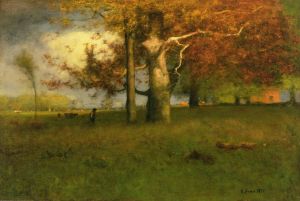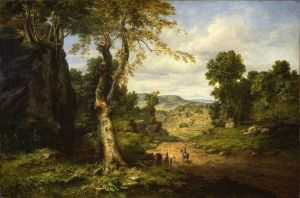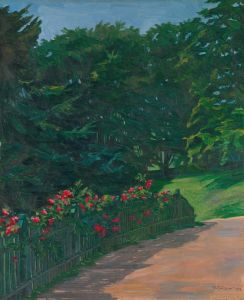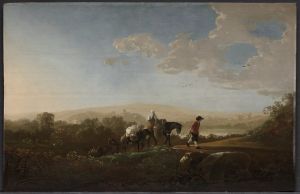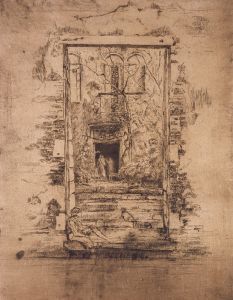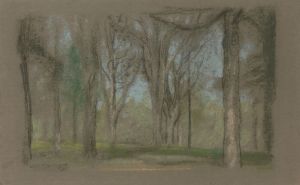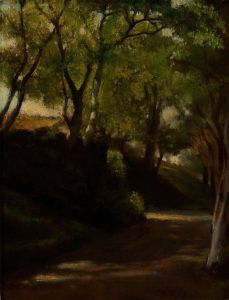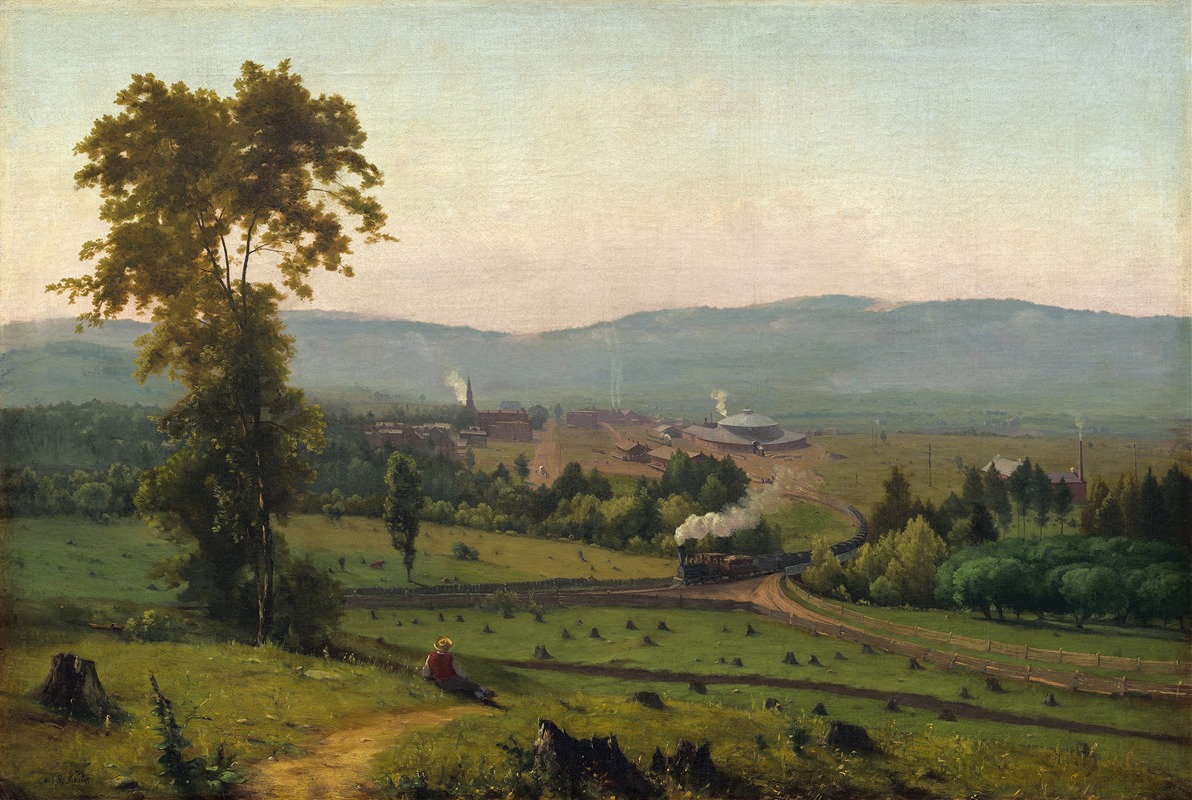
The Lackawanna Valley
A hand-painted replica of George Inness’s masterpiece The Lackawanna Valley, meticulously crafted by professional artists to capture the true essence of the original. Each piece is created with museum-quality canvas and rare mineral pigments, carefully painted by experienced artists with delicate brushstrokes and rich, layered colors to perfectly recreate the texture of the original artwork. Unlike machine-printed reproductions, this hand-painted version brings the painting to life, infused with the artist’s emotions and skill in every stroke. Whether for personal collection or home decoration, it instantly elevates the artistic atmosphere of any space.
The Lackawanna Valley is an oil painting created by American artist George Inness in 1855. This work is considered one of Inness's most notable early pieces and is often cited as an important example of 19th-century American landscape painting. The painting is currently housed in the National Gallery of Art in Washington, D.C.
The artwork depicts a view of the Lackawanna Valley in Pennsylvania, a region that was undergoing rapid industrialization during the mid-19th century. Inness's painting captures the intersection of nature and industry, a theme that was becoming increasingly relevant in the United States at the time. The composition features a panoramic view of the valley, with a railroad and a train prominently visible in the middle ground. The train, a symbol of technological progress, contrasts with the surrounding natural landscape, which includes rolling hills, scattered trees, and open fields. A tree stump in the foreground serves as a subtle reminder of the environmental changes brought about by industrial development.
The painting was commissioned by John Jay Phelps, a businessman and one of the founders of the Delaware, Lackawanna & Western Railroad. The inclusion of the railroad in the scene reflects the economic and cultural significance of rail transportation during this period. The Lackawanna Valley was a hub for coal mining and railroads, industries that played a crucial role in the region's growth and development.
Inness's style in The Lackawanna Valley reflects his early influences, particularly the Hudson River School, which emphasized detailed and idealized depictions of the American landscape. However, the painting also hints at the more atmospheric and expressive approach that would characterize his later work. The balance between natural beauty and industrial presence in the composition demonstrates Inness's ability to address contemporary themes while maintaining a strong aesthetic sensibility.
This painting is often discussed in the context of the evolving relationship between humans and the environment during the 19th century. It serves as both a celebration of progress and a contemplation of its impact on the natural world. The Lackawanna Valley remains a significant piece in the history of American art, offering insight into the cultural and economic changes of its time.





